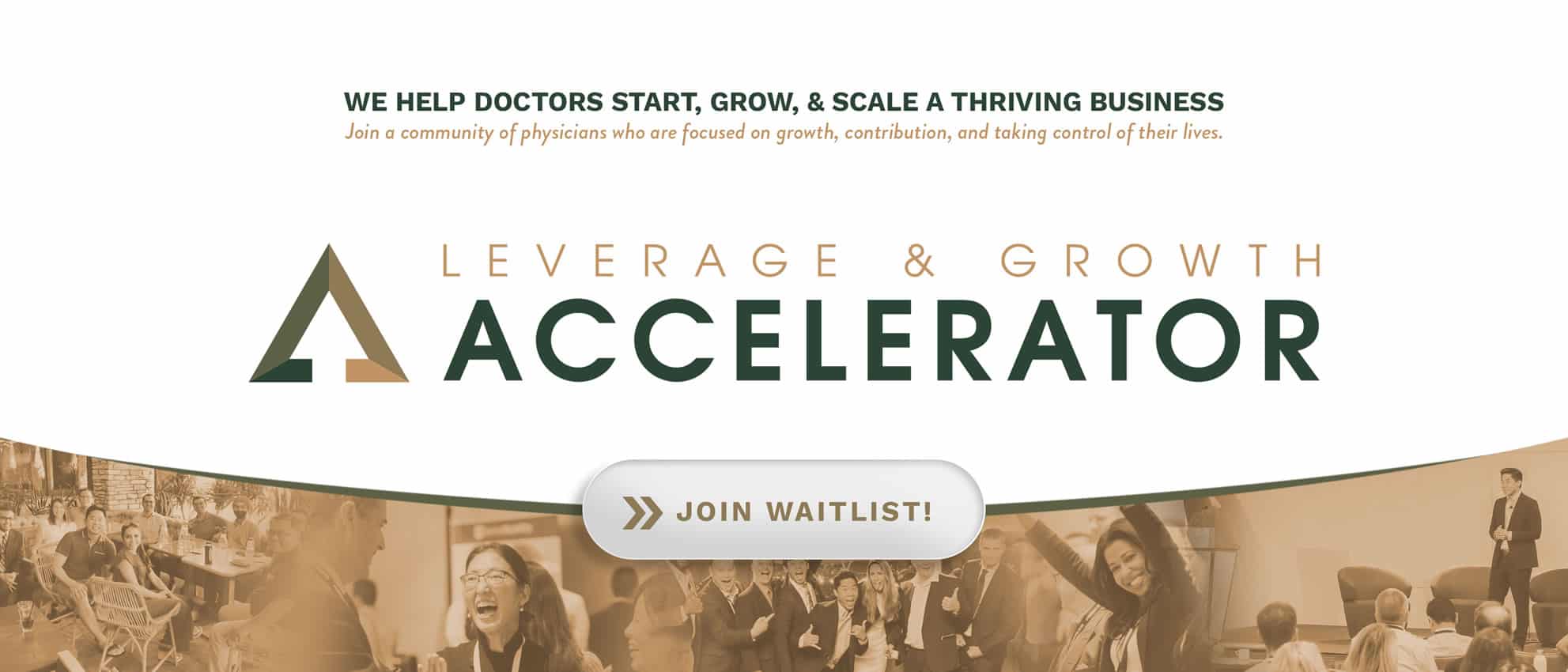
How Refinancing Your Credit Card Debt Can Save You Thousands
This post may contain links from our sponsors. We provide you with accurate, reliable information. Learn more about how we make money and select our advertising partners.
I probably don’t have to tell you about the dangers of debt. Unfortunately, it has a way of getting out of control. This is especially true of credit card debt: the bane of financial health everywhere.
Beyond the exorbitant amount of student loan debt most physicians carry, credit cards are often used as a way to cover expenses through medical school and residency. Because of this, by the time they graduate, it’s not uncommon for a physician to have consumer debt in the thousands.
Personally, in addition to my student loans, I carried over $20,000 of credit card debt throughout my college and medical school years–some with interest rates over 20%. I fully understand how difficult it is to get out from under that. I didn't know any better.
While I don’t believe that all debt is bad, having credit card debt is certainly not ideal. Not only does it carry the burden of high interest, but it can be a major roadblock along the journey to financial freedom. After all, if you have to devote a large chunk of your income to paying off debt, that’s less money that could be working for you.
If you’ve found yourself with a large amount of consumer debt (whether in the form of credit cards or even high-interest loans), the obvious solution is to pay it off. However, sometimes other expenses take priority (school, family, house, car, etc), and you simply can’t pay it off in a short amount of time.
Fortunately, there are great options for reducing the overall amount you end up paying, while still keeping the monthly payments manageable.
How to Manage Debt Through Refinancing
With a mortgage or a car payment, it’s common knowledge that if a better rate comes along (or if your credit score goes up), you can refinance and take advantage of a lower interest rate and/or better terms.
But have you ever thought of doing the same thing with credit card debt?
Usually, the only way to get a better interest rate on a credit card balance is to transfer it to a card with better terms. However, though this can ease the burden for a while, it’s a temporary solution at best.
A much better solution is a low-interest personal loan–one that’s specifically designed for physicians & dentists.
For example, a lender like Doc2Doc Loans works exclusively with doctors. Taking out a loan at a much lower interest rate and using it to pay off your high-interest debt is a great way to save a lot of money in the long run. Then of course paying it off as soon as you can is the way to.
 To visualize this, let’s say that a physician, Dr. Maria, has $20,000 of credit card debt with an APR of 18.9%. The monthly minimum payment to cover interest and fees is a customary 3%, which equates to $600 per month. It will take 25.3 years to pay off the balance, and the total payments over the life of the loan will be equal to $41,767.27.
To visualize this, let’s say that a physician, Dr. Maria, has $20,000 of credit card debt with an APR of 18.9%. The monthly minimum payment to cover interest and fees is a customary 3%, which equates to $600 per month. It will take 25.3 years to pay off the balance, and the total payments over the life of the loan will be equal to $41,767.27.
And if that wasn’t bad enough, having a revolving balance that exceeds 22-28% of her credit limit adversely affects her FICO score.
Let’s say that Dr. Maria goes to Doc2Doc Loans and is approved for a personal loan of $20,000 at an interest rate of 9.99% (an average number for a loan of this type). With these terms, she’ll pay $416.35 per month and will have her loan paid off in 5 years.
When it’s all said and done, the total balance paid will be $25,380.74–a far cry from the $41,767 she would have ultimately paid through her credit card. She also has the option to repay her loan in full at any time without any prepayment penalty.
Plus, since a loan from a lender like Doc2Doc is an “installment loan,” every consecutive on-time payment credits favorably on her FICO report rather than harming it.
Here’s where the physician-specific part comes in. Let’s assume for a moment that Dr. Maria is a second-year anesthesia resident when she borrows the funds. All residents have the option of a “hybrid” payment, wherein they are only required to make interest payments for half of the loan term to improve monthly cash flow when funds are tight.
Going this route, her rate would be 11.99% (APR 12.9%) and her monthly payment would be $199.84 for the first 2.5 years. When she graduates and starts her first job, she fully repays the loan within 6 months. In this case, she will have paid a total of $25,970.
As you can see, in a situation like this, it makes far more sense to “refinance” by taking out a loan with a lower interest rate. Plus, the option to make interest-only payments while in residency makes those monthly payments much more manageable.
Refinancing Versus Paying Off
Conventional wisdom says that with any debt (especially high-interest), the most important thing you can do is pay it off as soon as possible.
While that’s great in ideal circumstances, sometimes it makes more financial sense to pay it down gradually.
Sometimes you simply can’t pay it off quickly (due to other expenses, having sufficient income, etc). Sometimes making larger monthly payments comes at the risk of losing cash flow.
For example, if you can refinance the high-interest debt at a more reasonable rate, this can allow you to max out contributions to your retirement account. This is a must–especially if your employer matches your contributions (The White Coat Investor has a great article on this).
Personally, I’ve found that allocating funds toward passive income investments can be worth more than the cost of interest charged by certain debt. For example, I wrote about how my $85,000 in student loan debt will be paid entirely from the cashflow provided by a single $35,000 investment (read about that here).
Of course, that applies to student loans in my case, but the same principle could apply to any debt–like a physician loan. The key is to be very intentional about where your money is going and making it work for you wherever possible.
Conclusion
The best way to combat high-interest debt is to look at it as just a piece of your overall financial plan. Yes, you want to get rid of it as soon as possible, but only as it makes financial sense. Whether you pay it off quickly or slowly, the important thing is that you set that goal in your mind and stick to it.
Refinancing that debt isn’t a way to put off paying it–far from it. Rather than having to live under the burden of making monthly payments that will ultimately cost you more money, it’s better to get it to a manageable point, get that weight off your shoulders, and keep moving toward your goals.
Disclosure: I am an advisor for Doc2Doc Lending but this is not a sponsored post.


Disclaimer: The topic presented in this article is provided as general information and for educational purposes. It is not a substitute for professional advice. Accordingly, before taking action, consult with your team of professionals.

